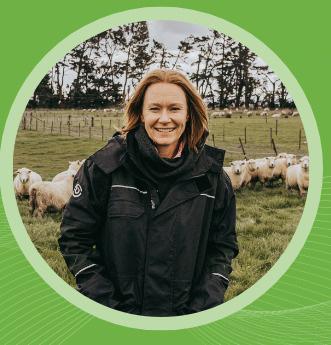Search results
Displaying 121 - 130 results of 630
- News… industry, the four main components of the programme are developing New Zealand-specific … efficiency,” says Gemma Jenkins of the INZB programme. “We’re now in the third year of this programme which is helping commercial farmers …

- Podcast… with Ginny Dodunski, Beef + Lamb New Zealand Wormwise Programme Manager about parasites and drench …

- Factsheet… industry assurance farm environment planning programmes red meat sectors new zealand farm assurance programme nzfap nzfap lnzs land environment planning lep programme 42 recommendations made through …
- Podcast… about drench resistance, head to www.wormwise.co.nz …
- Podcast… and Veterinarian Ginny Dodunski of B+LNZ Wormwise. …

- News… Cadet programmes are a fantastic option for aspiring …

- Resource book… zcomprogrammespartnershipscurrentprogrammesblnzwormwiseprogrammedrenchingquarantinedrenching … sick something else scan more information wormwise worm diagnostics kate cregocudby … may develop through scan more information wormwise worm life cycle february 2026 26 27 …
- Factsheet… welfare materials methods september 2024 wormwise put out call production animal … new zealand veterinary associations online wormwise discussion forum recent faecal egg … faecal egg count checks from cattle wormwise programme manager ginny dodunski also …
- Factsheet… welfare materials methods september 2024 wormwise put out call production animal … new zealand veterinary associations online wormwise discussion forum recent faecal egg … faecal egg count checks from cattle wormwise programme manager ginny dodunski also …